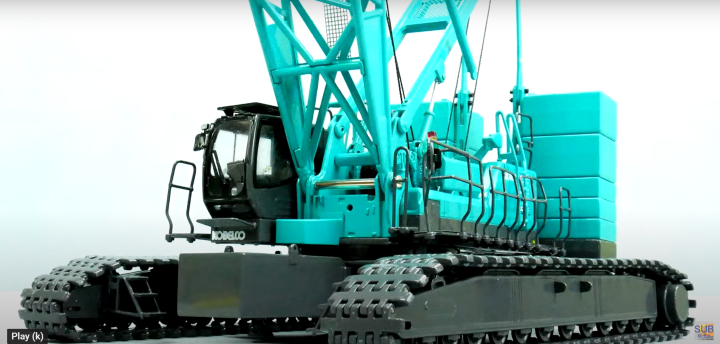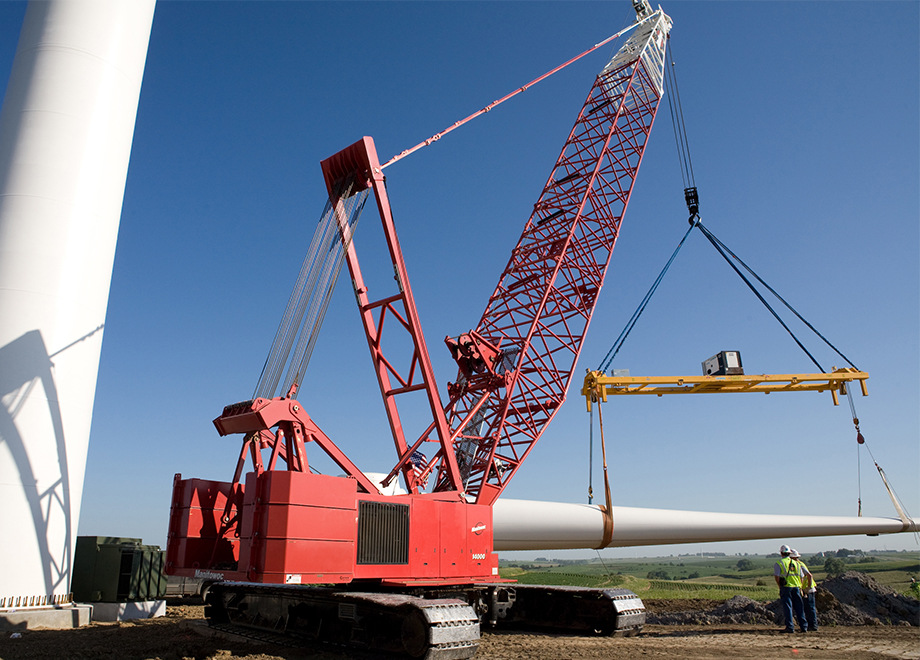As a construction professional in Adelaide, Australia, I understand the significance of maintaining heavy machinery for optimal performance and safety. One piece of equipment that requires special attention is the crane. Cranes play a crucial role in lifting and moving heavy loads on construction sites, and their proper functioning is essential for the success of any project.
In this article, I will emphasize the importance of regular crane service and maintenance, providing practical tips and examples that will help you ensure the longevity and efficiency of your cranes.
The Significance of Crane Service
Regular crane service is not just an added expense; it is a proactive measure that can save you time, money, and potentially prevent accidents. By scheduling routine inspections and maintenance, you can identify and address minor issues before they escalate into major problems. This preventive approach not only minimizes the risk of unexpected breakdowns but also enhances the overall productivity and safety of your construction site.
The Effects of Neglecting Crane Service
Neglecting crane service can have severe consequences, both financially and in terms of safety. A poorly maintained crane is more likely to experience breakdowns, leading to costly repairs and project delays. Additionally, malfunctioning cranes pose a significant safety risk to operators and other workers on-site. By ignoring regular service and maintenance, you are compromising the well-being of your team and potentially exposing yourself to legal liabilities.
Key Aspects of Crane Service
To ensure the proper functioning and longevity of your cranes, it is important to focus on several key aspects of crane service. Let’s explore these aspects in detail:
1. Scheduled Inspections
Regular inspections are the cornerstone of crane service. These inspections should be conducted by qualified technicians who are familiar with the specific make and model of your cranes. During inspections, technicians will thoroughly examine various components, including the boom, cables, controls, and safety devices, to ensure they are in optimal condition and meet industry standards. Any signs of wear and tear or potential issues should be promptly addressed.
2. Preventive Maintenance
Preventive maintenance involves performing routine tasks to keep your cranes in top condition. This may include lubricating moving parts, checking fluid levels, tightening bolts and fasteners, and replacing worn-out components. By adhering to a preventive maintenance schedule, you can extend the lifespan of your cranes and minimize the risk of unexpected breakdowns.
3. Lubrication
Proper lubrication is essential for the smooth operation of crane components. Regularly greasing the crane’s moving parts reduces friction, prevents excessive wear, and ensures optimal performance. It is important to use the correct type and amount of lubricant recommended by the manufacturer for each specific component.
4. Electrical System Maintenance
The electrical system of a crane is responsible for controlling various functions, such as lifting, lowering, and swinging. Regular maintenance of the electrical system involves inspecting and testing the wiring, connections, and control panels to ensure they are functioning correctly. Any signs of damage or malfunction should be addressed immediately to prevent electrical failures that could compromise the safety of the crane and its operators.
5. Load Testing
Load testing is an essential part of crane service that verifies the crane’s lifting capacity and overall stability. It involves subjecting the crane to loads that exceed its rated capacity to ensure it can safely handle heavy loads without any structural or mechanical failures. Load testing should be conducted periodically according to industry regulations and guidelines.
6. Major Crane Inspections and Rebuilds
In addition to routine service and maintenance, it is important to schedule major crane inspections and rebuilds. These comprehensive assessments involve disassembling the crane, inspecting all components, and replacing or repairing any worn-out or damaged parts. Major inspections and rebuilds are typically performed at specific intervals or after a certain number of operating hours.
7. Operator Training and Certification
Proper crane service also extends to the operators themselves. Ensuring that your crane operators are trained, certified, and up-to-date with the latest safety procedures is crucial. Regular training sessions and refresher courses can help operators maintain their skills and stay informed about any changes in regulations or best practices.
Practical Tips for Crane Service in Adelaide
Now that we have discussed the key aspects of crane service, let’s explore some practical tips that can help you effectively maintain your cranes in Adelaide:
- Create a Maintenance Schedule: Develop a comprehensive maintenance schedule that includes routine inspections, preventive maintenance tasks, and major crane inspections and rebuilds. Stick to this schedule and ensure that all necessary tasks are performed on time.
- Document Maintenance Activities: Maintain detailed records of all maintenance activities, including inspections, repairs, and replacements. This documentation will help you track the maintenance history of each crane and identify any recurring issues or patterns.
- Train Your Maintenance Team: Invest in proper training for your maintenance team to ensure they have the skills and knowledge required to perform crane service effectively. This includes staying updated on the latest industry standards and regulations.
- Regularly Review Manufacturer’s Guidelines: Familiarize yourself with the manufacturer’s guidelines for your specific crane models. These guidelines provide valuable information on recommended service intervals, lubrication requirements, and other maintenance tasks specific to your cranes.
- Address Issues Promptly: If an issue is identified during an inspection or routine maintenance, address it promptly. Ignoring or delaying repairs can lead to more significant problems down the line and increase costs.
- Promote a Safety Culture: Foster a culture of safety within your organization by encouraging open communication about maintenance concerns and safety hazards. Provide channels for employees to report any issues they may notice during crane operations.
- Monitor Crane Usage: Keep track of the hours of operation for each crane to ensure that maintenance tasks are performed at the appropriate intervals. This can be done through manual logs or by utilizing crane management software.
Conclusion
Regular crane service is a critical aspect of construction site management in Adelaide, Australia. By prioritizing crane maintenance, you can ensure the longevity, efficiency, and safety of your cranes. Implementing scheduled inspections, preventive maintenance measures, and major crane rebuilds, along with providing proper training to operators and maintenance personnel, will help you maximize the performance and lifespan of your cranes.
Remember, investing in crane service is not just a cost; it is an investment in the success of your projects and the well-being of your team.
Please note that the information provided in this article is for general guidance purposes only and should not replace professional advice specific to your situation and equipment.


